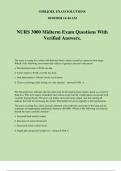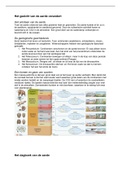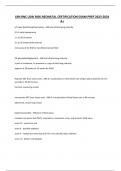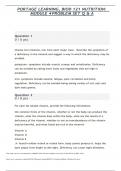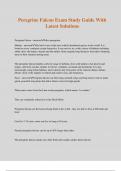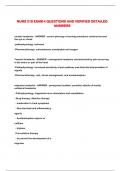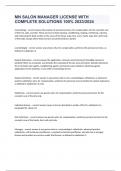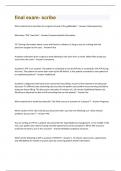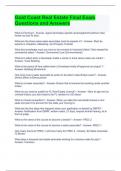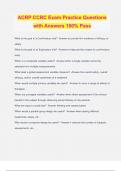Exam (elaborations)
NURS 3000 Midterm Exam Questions With Verified Answers.
- Course
- Institution
NURS 3000 Midterm Exam Questions With Verified Answers. The nurse is caring for a client with deficient fluid volume caused by a massive burn injury. Which of the following assessment data will be of greatest concern to the nurse? a. The blood pressure is 90/40 mm Hg. b. Urine output is 30 mL ...
[Show more]
